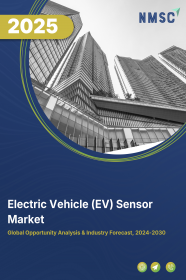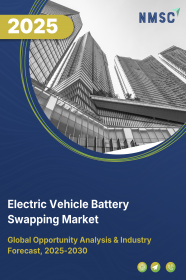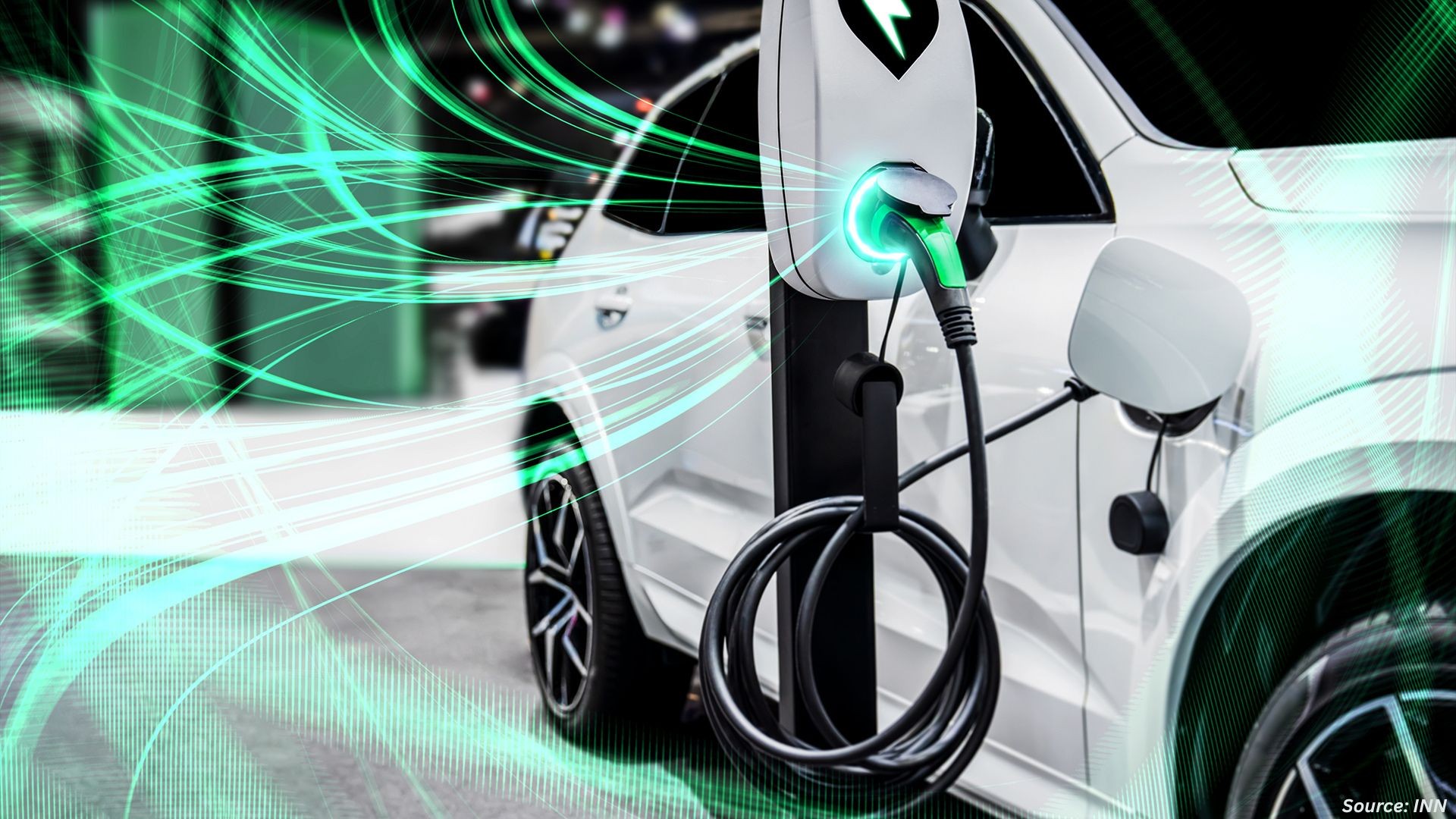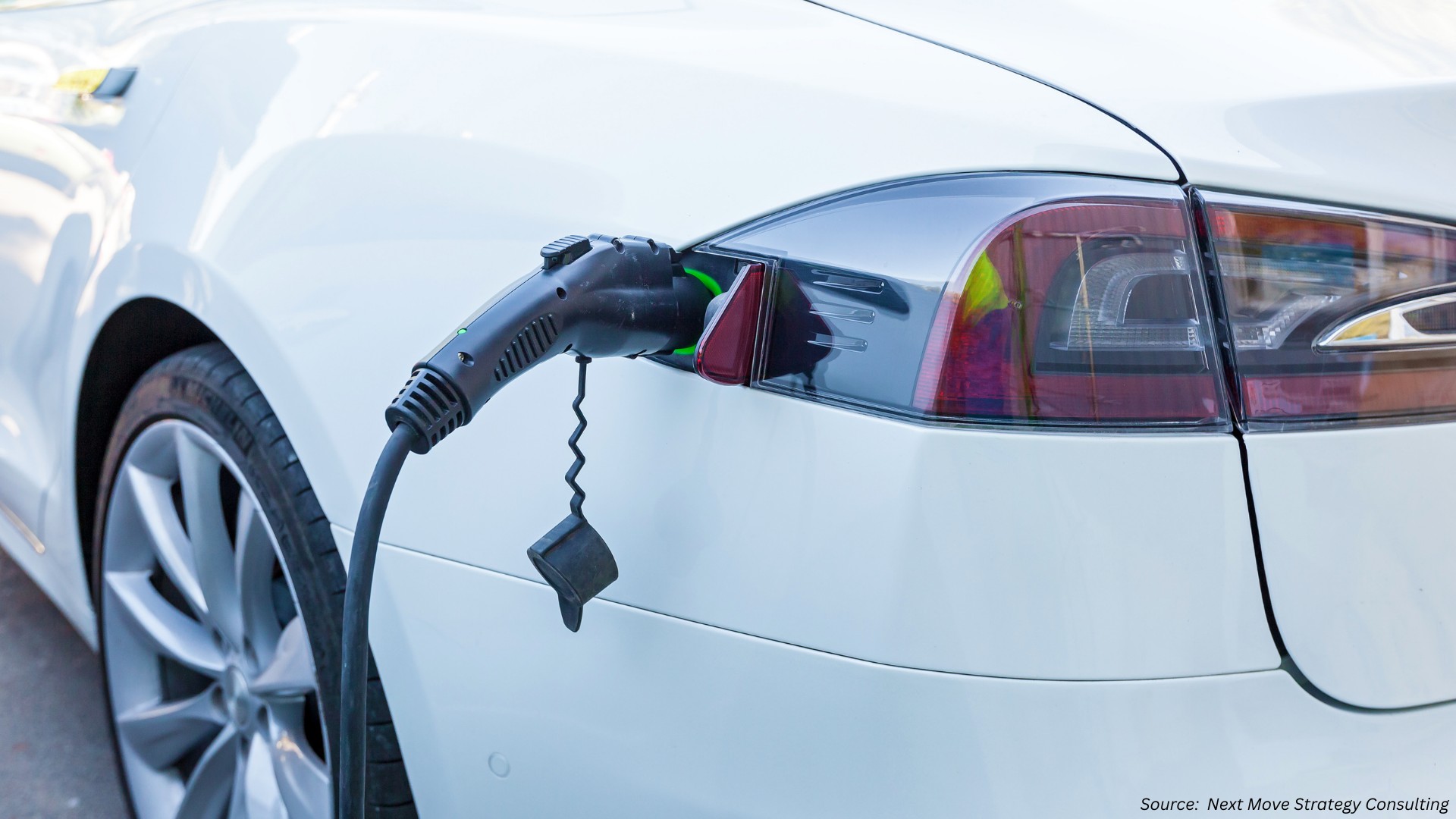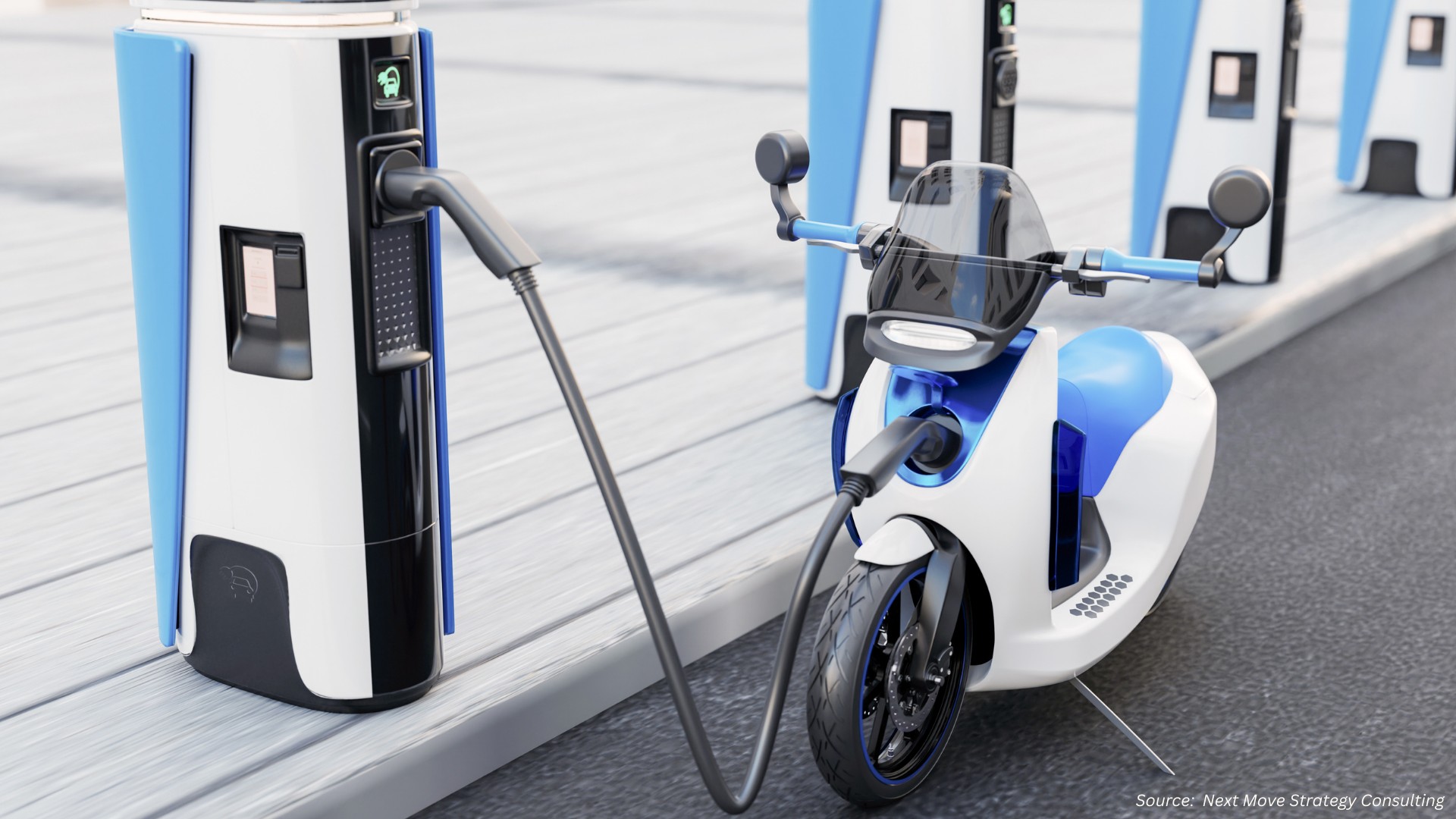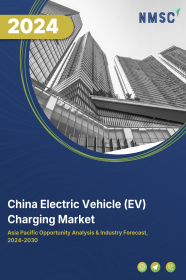
China Electric Vehicle (EV) Charging Market by Type of Charger (AC Chargers, DC Chargers), by Charging Speed (Level 1, Level 2, and Level 3), by Connector Type (Type 1, Type 2, CCS, CHAdeMO and Others), by Installation (Fixed, and Portable), by End User (Commercial, and Residential ) – Opportunity Analysis and Industry Forecast 2023–2030
Industry: Automotive & Transportation | Publish Date: 20-Oct-2025 | No of Pages: 153 | No. of Tables: 110 | No. of Figures: 59 | Format: PDF | Report Code : AT865
Market Definition
China Electric Vehicle (EV) Charging Market was valued at USD 9.98 billion in 2022, and is predicted to reach USD 61.35 billion by 2030, with a CAGR of 26.2% from 2023 to 2030. Electric vehicle chargers are characterized by the rate at which they deliver energy to the vehicle's battery. They serve as a vital infrastructure connecting plug-in electric vehicles to electrical outlets for the purpose of recharging the vehicle's battery. These chargers facilitate the charging process by supplying the necessary electrical energy to the EV's battery.
Charging stations are compatible with electric vehicles, neighborhood electric vehicles (NEVs), and plug-in hybrids, allowing them to connect to an electrical source for charging. Some charging stations come equipped with advanced functionalities such as smart meters, cellular connectivity, and network access.
The charging of EVs can be carried out through several levels of charging such as level 1, level 2, and level 3. The higher the level of charging, the faster the charging process causing more power to be delivered to the vehicle. The use of electric vehicles significantly reduces the carbon footprints released into the atmosphere, which contain toxic gas. The growing threat of carbon emissions and other harmful gases stemming from transportation has triggered the vital necessity of adopting electric vehicles.
In addition, the penetration of EV charging is high in commercial spaces as compared to residential ones. Long-distance trips would benefit from ultra-fast charging capabilities made possible by public charging infrastructure. However, EV chargers for residential spaces offer significant growth potential as they are affordable and more convenient for charging electric vehicles as compared to commercial charging stations.
China’s Government Push Boosts EV Charging Market Expansion
China's government continues to play a pivotal role in driving the expansion of the EV charging market through strategic initiatives aimed at accelerating electric vehicle adoption. Policy measures include nationwide subsidies, urban mobility plans, and mandates that require the integration of EV chargers into residential and public infrastructure. These efforts are designed to create a comprehensive charging network that can support the country’s growing electric vehicle fleet and help meet carbon neutrality goals.
To accommodate projected EV demand, the Chinese government is prioritizing the development of fast-charging infrastructure across expressways, major urban hubs, and rural areas. The national plan includes a goal of equipping 60% of expressways with high-speed charging stations and meeting the infrastructure needs for 20 million EVs by 2025. These measures are expected to significantly boost investment and innovation within the EV charging sector.
Innovative Players and Business Expansion Propel China EV Charging Market
China's EV charging market is witnessing robust growth driven by local and global manufacturers introducing intelligent, high-speed charging solutions tailored to modern urban needs. These companies are focusing on smart grid integration, mobile-enabled charging, and scalable station designs that improve convenience for end-users. Innovations in plug-and-charge capabilities and real-time monitoring are further improving customer experience and helping operators streamline network performance.
Simultaneously, leading players are expanding operations to match rising EV adoption across tier-1 and tier-2 cities. New production plants, increased manufacturing capacity, and wider deployment of branded charging stations are helping to extend their footprint. These initiatives not only support growing domestic demand but also position Chinese firms as key contributors to global EV infrastructure supply chains.
High Setup Costs of Fast Chargers Pose Challenges for China’s EV Charging Market Growth
The expansion of China’s EV charging infrastructure faces obstacles due to limited financial incentives and the high upfront costs associated with installing fast chargers. One of the most significant barriers is the capital-intensive nature of deploying Level 3 and ultra-fast charging stations. Unlike Level 1 and Level 2 chargers—which can take between 6 to 16 hours to fully charge a vehicle—consumers are used to the quick refueling times of traditional gasoline vehicles, often completed in just 5 to 7 minutes.
As a result, there's rising demand for fast chargers that can replenish EV batteries in under 30 minutes to match consumer expectations for speed and convenience. However, the elevated installation and equipment costs of high-capacity chargers can deter adoption—especially among prospective EV users and smaller businesses. The extended charging duration, when compared to fossil fuel alternatives, also poses a usability gap that the market must overcome to drive widespread transition to electric mobility in China.
Surging Adoption of Vehicle-to-Grid (V2G) EV Charging Stations in China Unlocks Promising Opportunities
Vehicle-to-grid (V2G) technology is rapidly gaining traction in China’s electric vehicle (EV) charging market, enabling bidirectional energy flow between EVs and the power grid. This advanced system allows EVs to not only draw power for charging but also return surplus energy back to the grid. By improving grid stability and offering added value to vehicle owners, V2G is becoming an essential component of China's evolving energy and transportation ecosystem.
The rising focus on energy resilience and grid efficiency has propelled interest in V2G as a strategic enabler of sustainable mobility. While V2G offers significant advantages over traditional smart charging—such as enhanced grid balancing and renewable energy integration—the high installation costs and technical complexity remain key challenges. Nonetheless, the anticipated expansion of this technology presents vast opportunities for EV connector and infrastructure manufacturers to develop high-performance systems capable of supporting China’s smart energy transformation and growing EV population.
Competitive Landscape
The China Electric Vehicle (EV) Charging industry includes Schneider Electric, Siemens, ABB, delta, Evcstar, Evcnice, Wallbox, elinkpower, Blink Charging, hitachi, SHINDENGEN, Zerovatech, EVB, Shenzhen SETEC Power and others.
China Electric Vehicle (EV) Charging Market Key Segments
By Type of Charger
-
AC Chargers
-
Mode 1 (2.3 kW)
-
Mode 2 (2.3 kW)
-
Mode 3 (3.7 kW to 22 kW)
-
-
DC Chargers
By Charging Speed
-
Level 1
-
Level 2
-
Level 3
By Connector Type
-
Type 1
-
Type 2
-
CCS
-
CHAdeMO
-
Others
By Installation
-
Fixed
-
Portable
By End User
-
Commercial
-
Commercial Public EV Charging Stations
-
Highway Charging Stations
-
Fleet Charging Stations
-
Workplace Charging Stations
-
-
Commercial Private EV Charging Stations
-
-
Residential
-
Private Homes
-
Apartments
-
Key Players
-
Schneider Electric
-
Siemens
-
ABB
-
delta
-
Evcstar
-
Evcnice
-
Wallbox
-
elinkpower
-
Blink Charging
-
hitachi
-
SHINDENGEN
-
Zerovatech
-
EVB
-
Shenzhen SETEC Power
Report Scope and Segmentation
|
Parameters |
Details |
|
Market Size in 2022 |
USD 9.98 billion |
|
Market Volume in 2022 |
105 Thousand Units |
|
Revenue Forecast in 2030 |
USD 61.35 billion |
|
Growth Rate |
CAGR of 26.2% from 2023 to 2030 |
|
Analysis Period |
2022–2030 |
|
Base Year Considered |
2022 |
|
Forecast Period |
2023–2030 |
|
Market Size Estimation |
Billion (USD) |
|
Growth Factors |
China’s Government Push Boosts EV Charging Market Expansion Innovative Players and Business Expansion Propel China EV Charging Market |
|
Companies Profiled |
14 |
|
Market Share |
Available for 10 companies |
|
Customization Scope |
Free customization (equivalent up to 80 working hours of analysts) after purchase. Addition or alteration to country, regional, and segment scope. |
|
Pricing and Purchase Options |
Avail customized purchase options to meet your exact research needs. |

















 Speak to Our Analyst
Speak to Our Analyst



